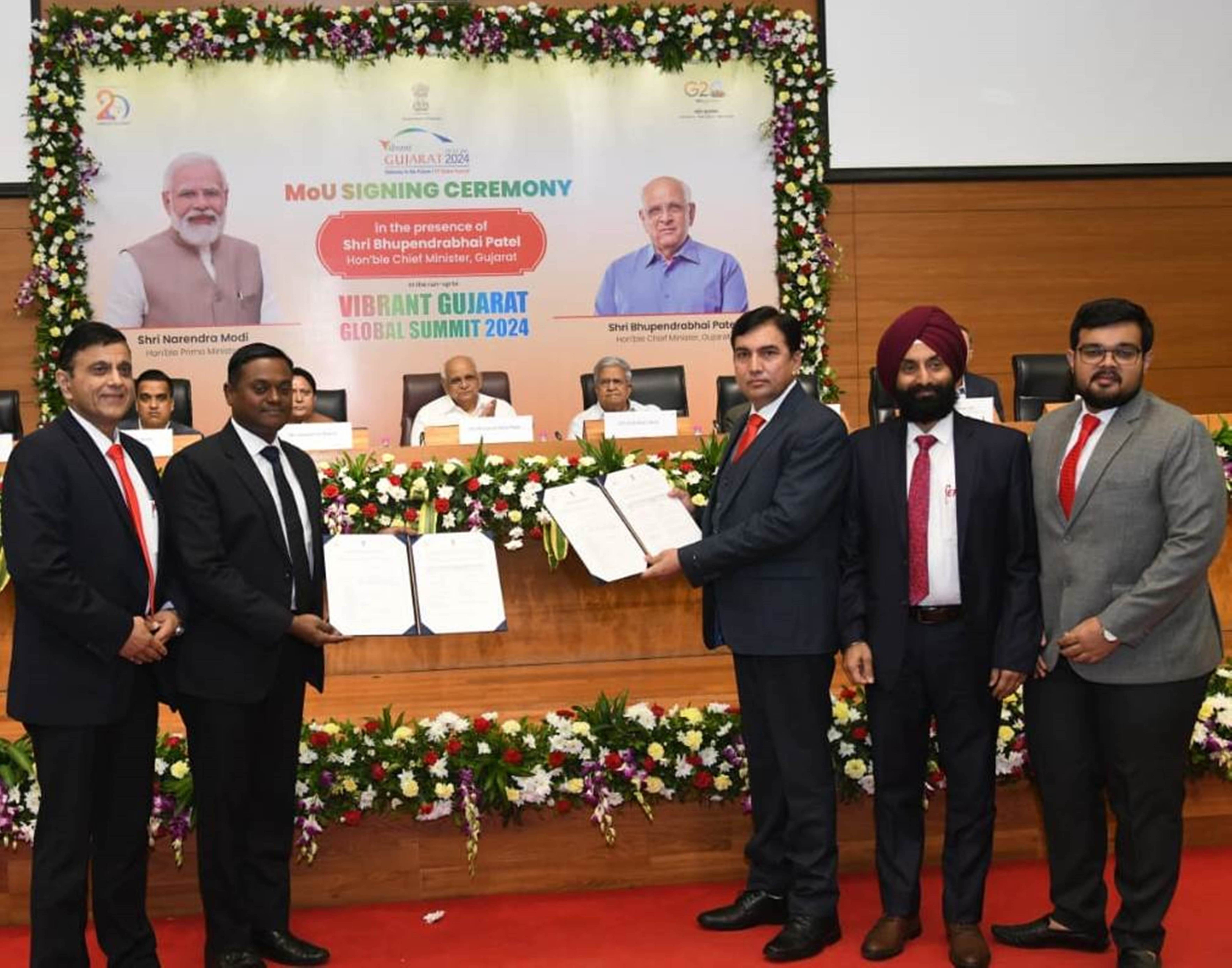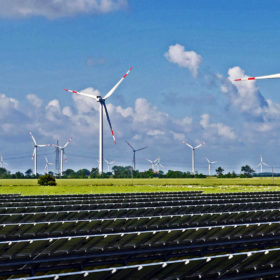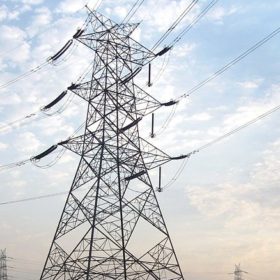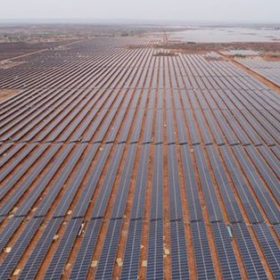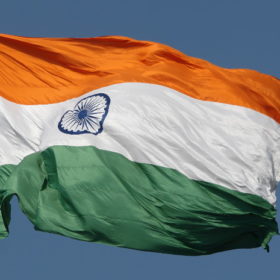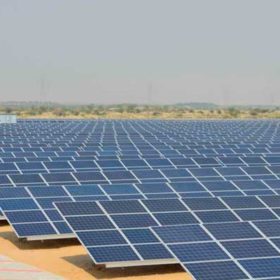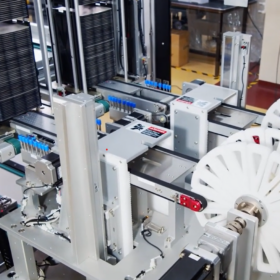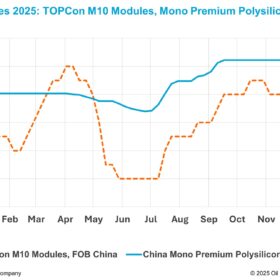Erisha E Mobility signs INR 6,900 crore MoU for green hydrogen, mega EV park in Gujarat
Erisha E Mobility will invest INR 6,900 crore in setting up an electric vehicle park, charging infrastructure, and green hydrogen production facilities in Gujarat.
Evergreen Renewables to invest INR 4,000 crore in Gujarat
Advait Infratech will invest in the manufacturing and assembly of fuel cells and electrolyzers in Gujarat. Waaree will set up a green hydrogen/green ammonia production facility along with hybrid (solar, wind) renewable energy generation.
Torrent Power commits INR 47,350 crore renewables, green hydrogen investment in Gujarat
Torrent Power will invest INR 47,350 crore (around $5.7 billion) in green hydrogen and green ammonia production, solar and hybrid power generation, and power distribution in Gujarat.
Sterlite Power secured new orders worth INR 2,000 crore in Q2 FY 2024
Sterlite Power recorded a significant INR 700 crore ($84 million) increase in order wins compared to Q1 FY 2024.
Erisha E Mobility, Gujarat govt sign green hydrogen MoU worth INR 5,000 crore
Erisha E Mobility will set up a green hydrogen ecosystem in Gujarat with an investment of INR 5,000 crore (over $600 million).
Uttar Pradesh to soon emerge as solar energy hub of India: UPNEDA
The Indian state of Uttar Pradesh has solar and other clean energy projects with a total investment outlay of INR 1 lakh crore ($12 billion) in the pipeline.
Adani Total Gas partners Shigan to decarbonize supply chain
Adani Total Gas Ltd and Shigan will explore retrofitting internal combustion engine (ICE) to run on alternate fuels like CNG and LNG. They will also explore e-mobility-based solutions for last-mile delivery players and use-cases for green hydrogen as fuel for ICE vehicles.
Prime Minister Narendra Modi launches on-grid solar project with battery storage in Lakshadweep
SunSource Energy provided engineering, procurement, and construction (EPC) services for the 1.7 MW solar project with 1.4 MWh battery storage.
NLC invites EPC bids for 100 MW solar power project
NLC India Ltd, a mining company under India’s Ministry of Coal, has invited bids to set up a 100 MW solar power project with operation and maintenance for three years. Bidding closes on Jan. 18.
Gensol awarded 33 MW solar project by steel producer SEML
Gensol Engineering will build a 33 MW solar power plant for consumption by Sarda Energy & Minerals Ltd’s Kharora plant in Chhattisgarh.

